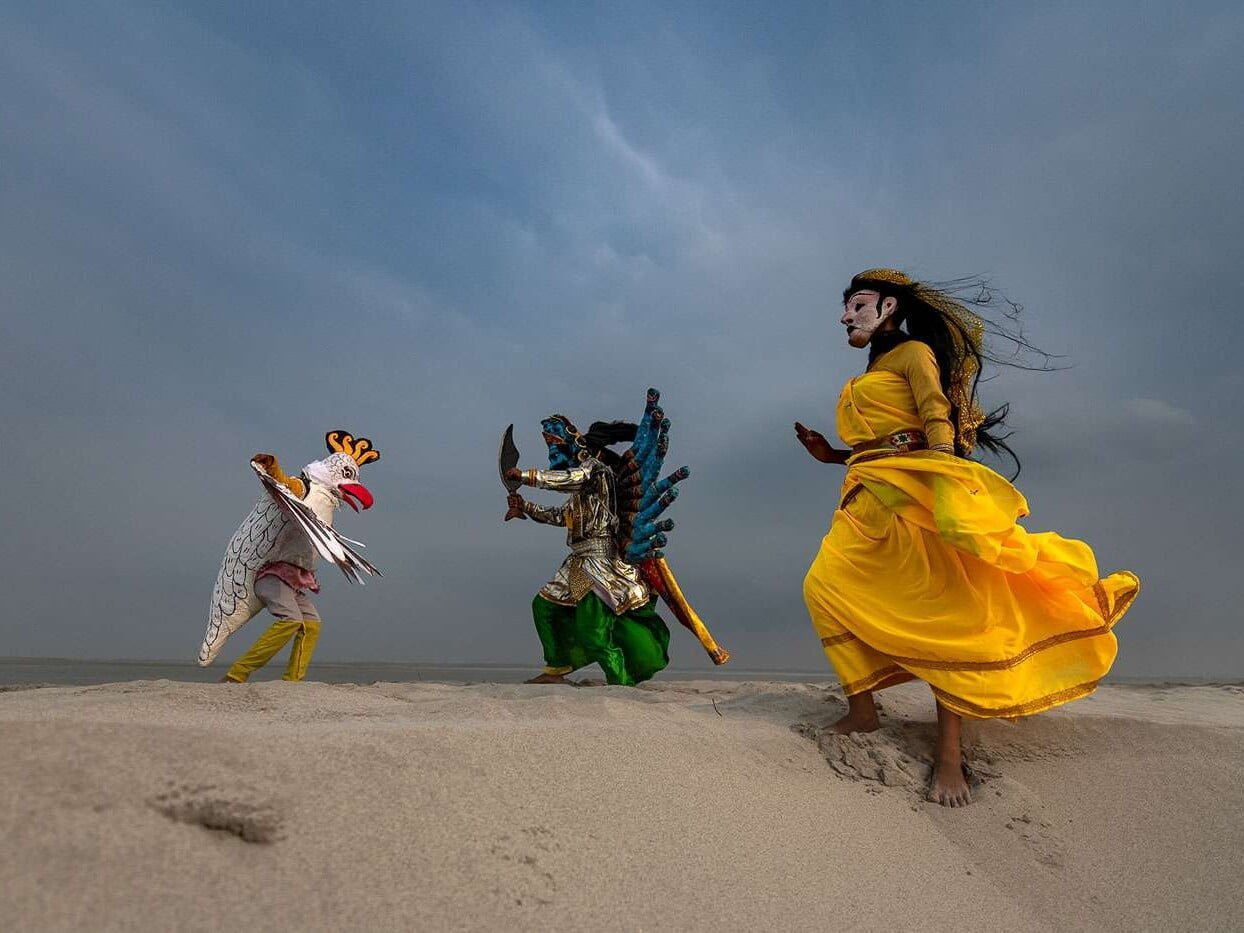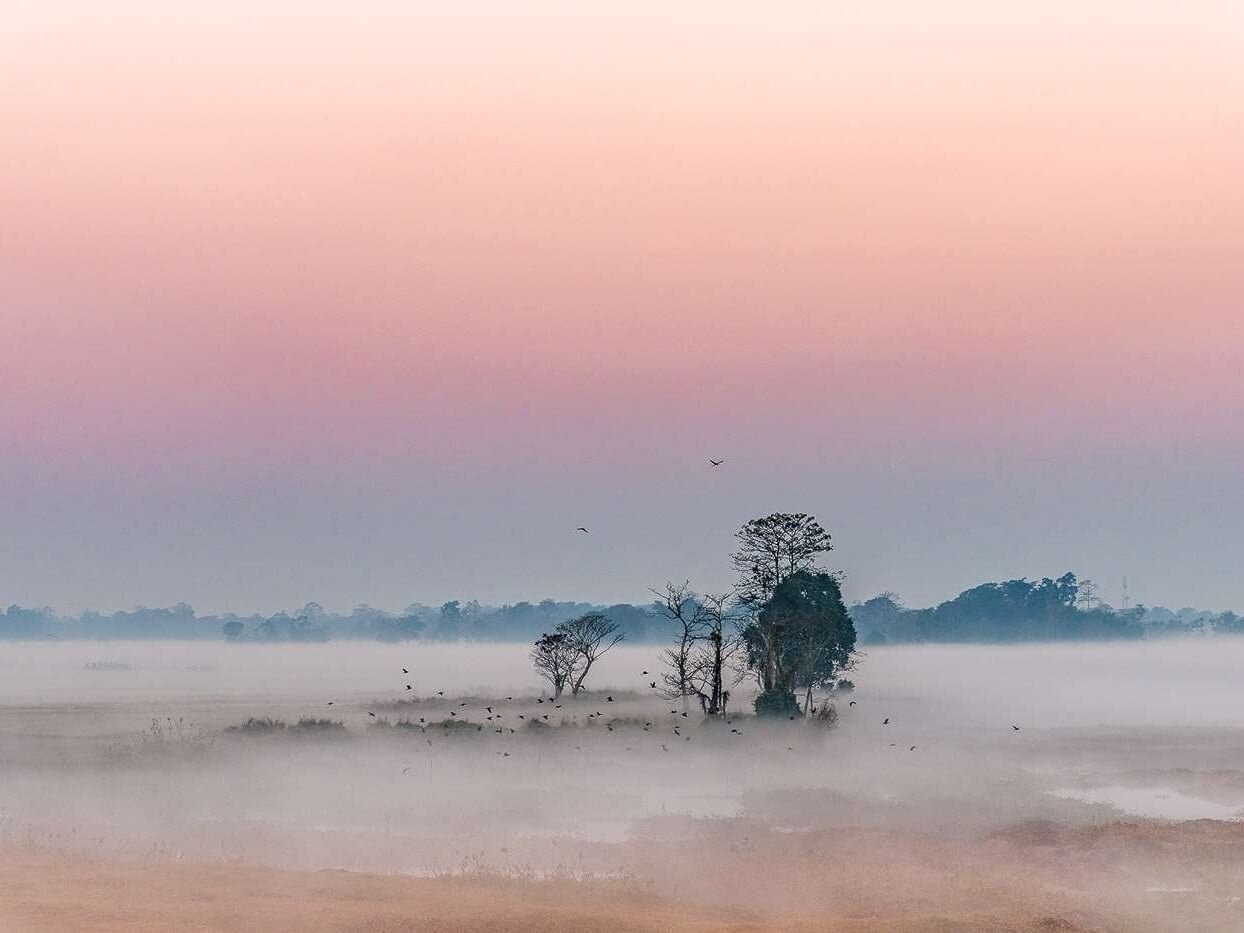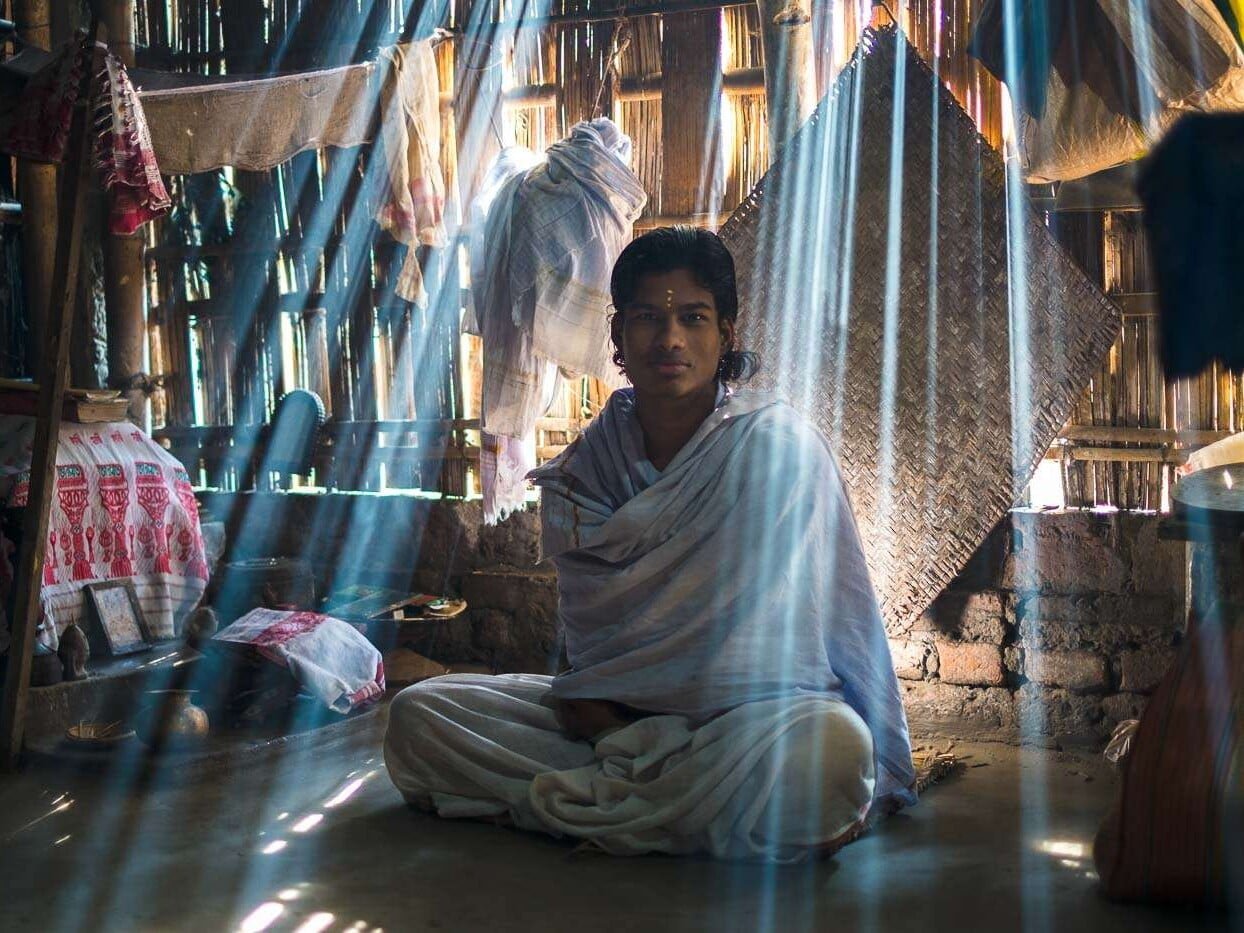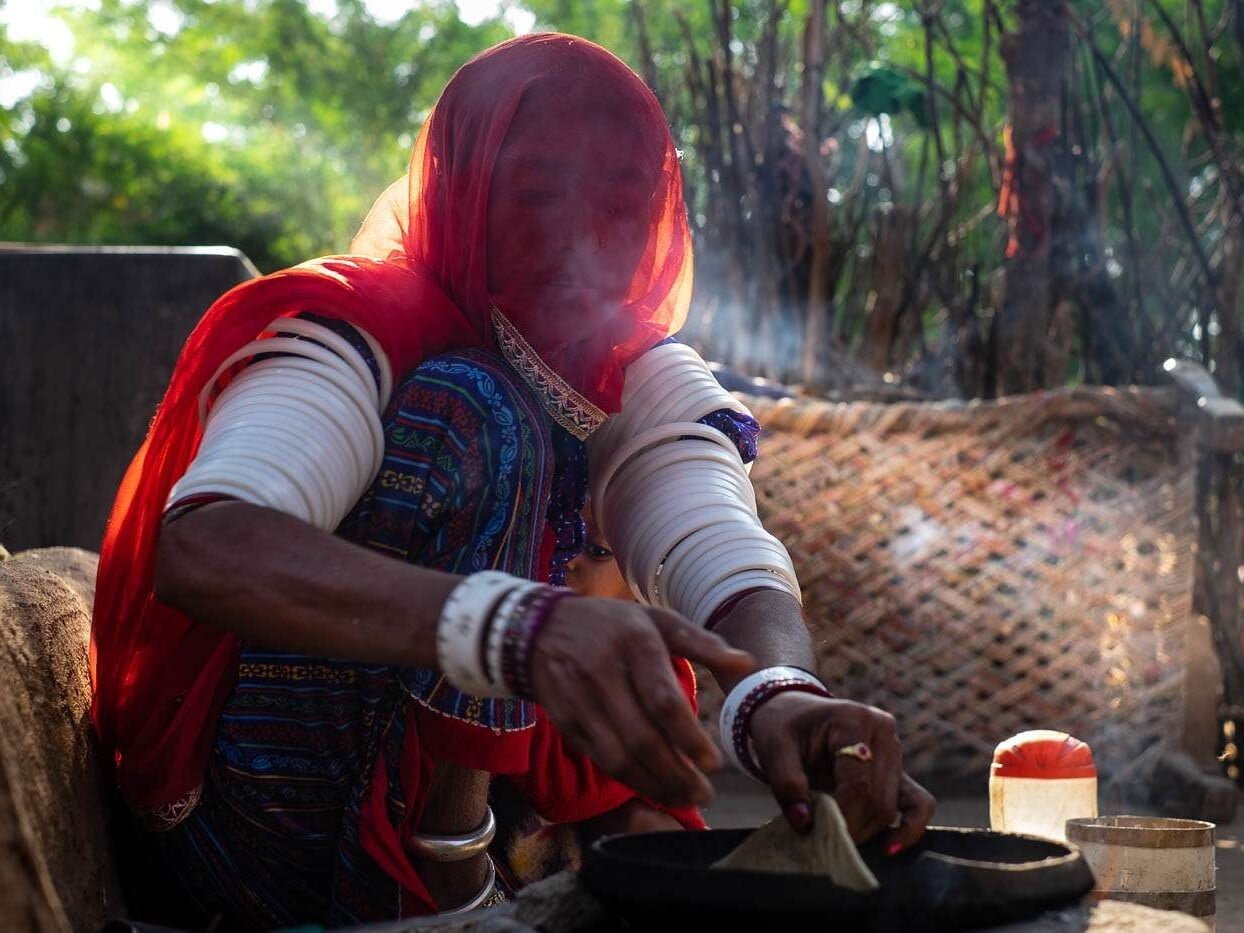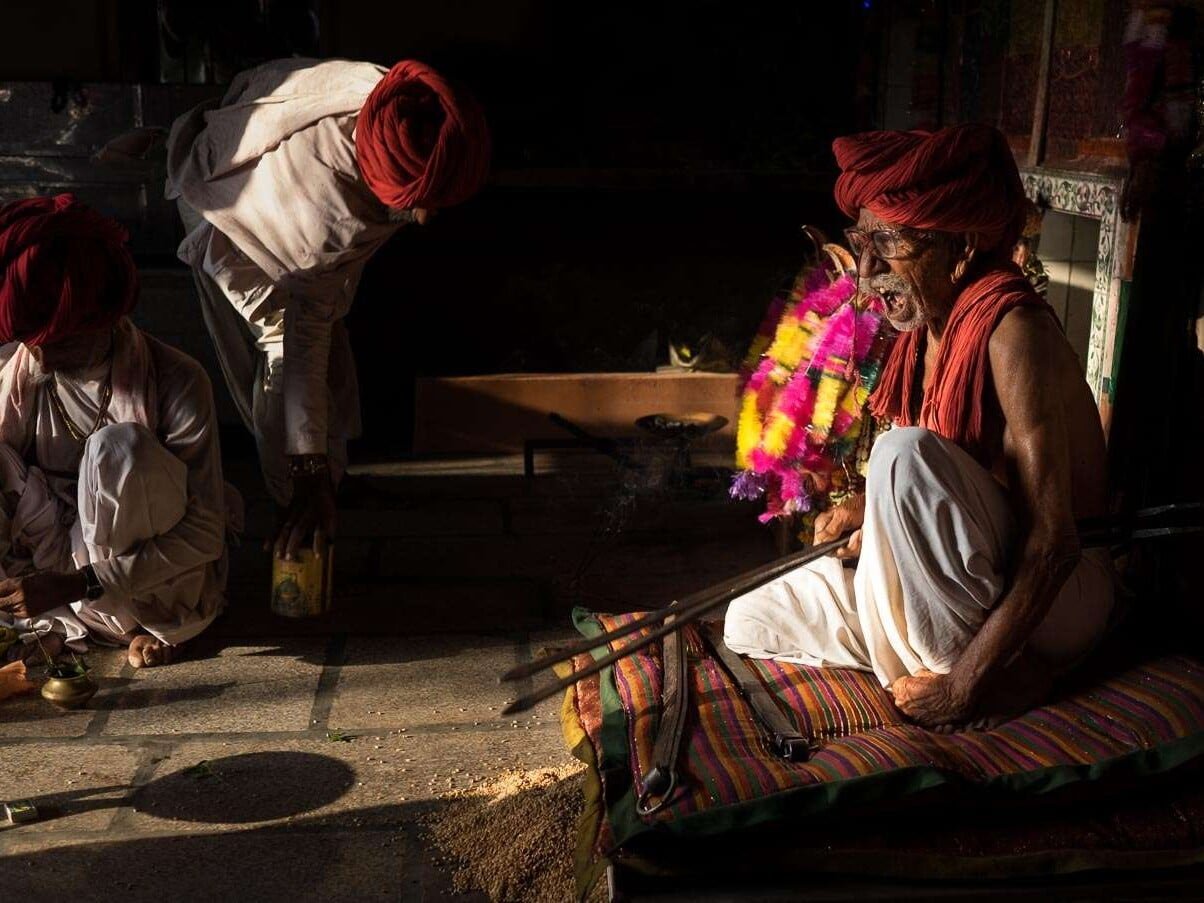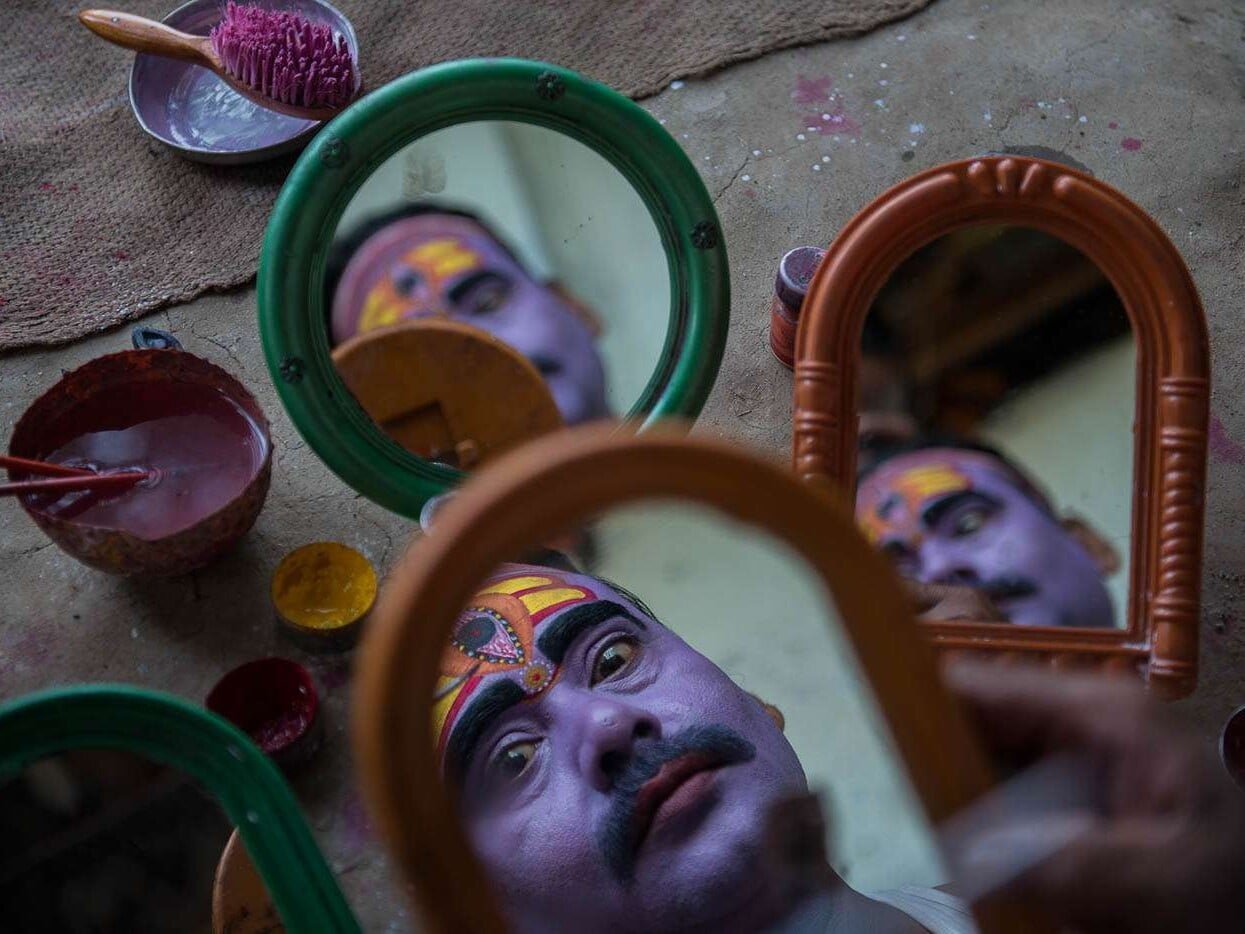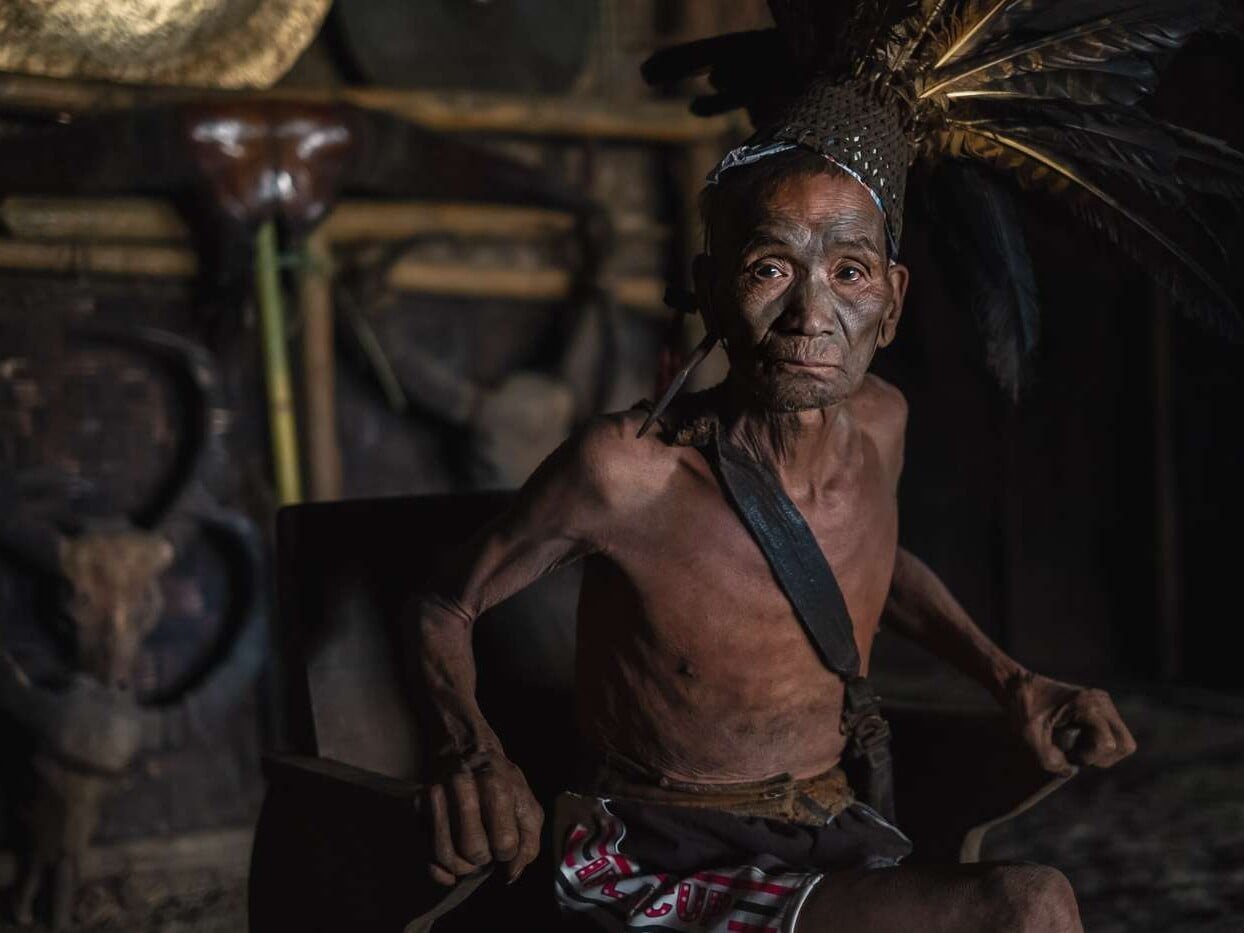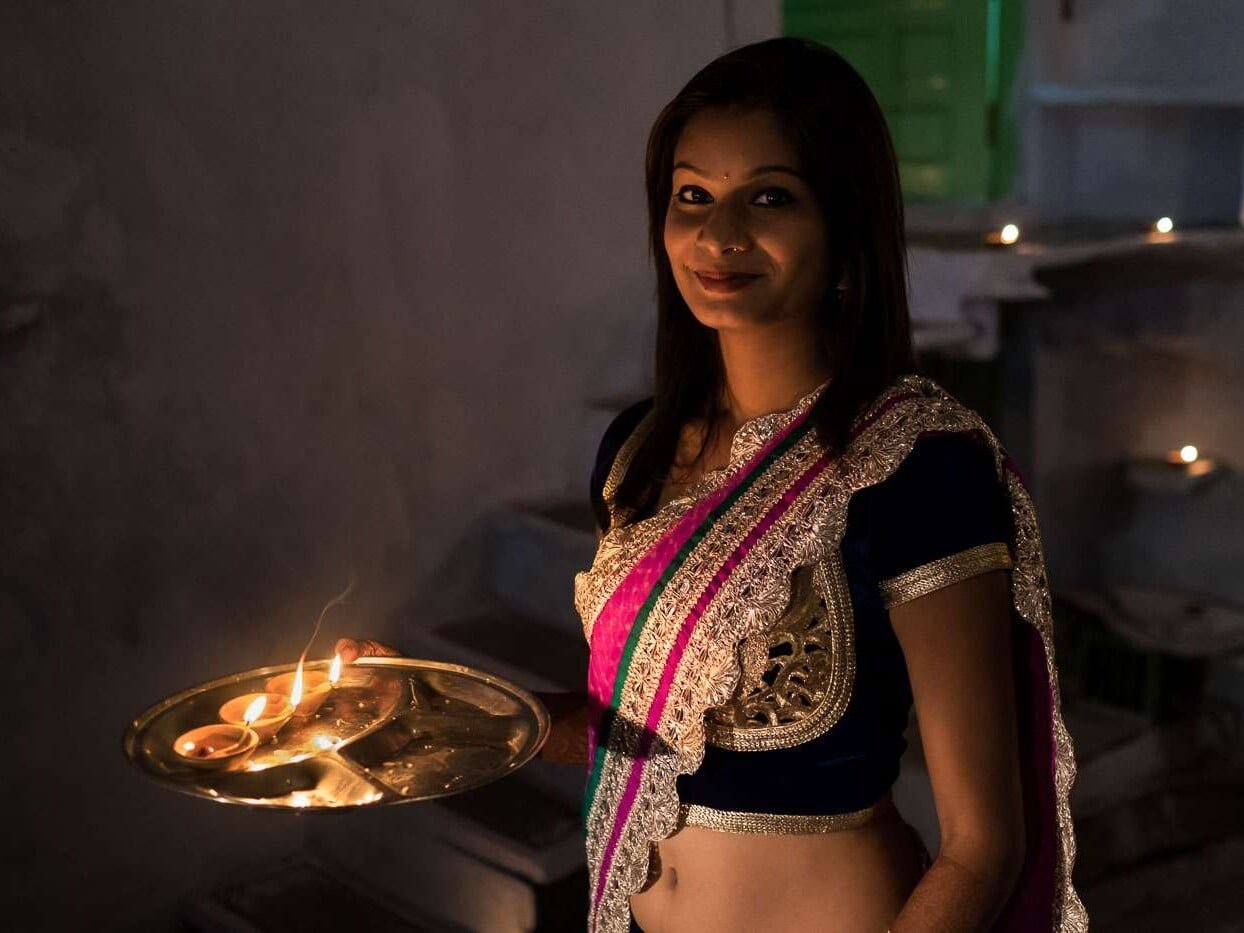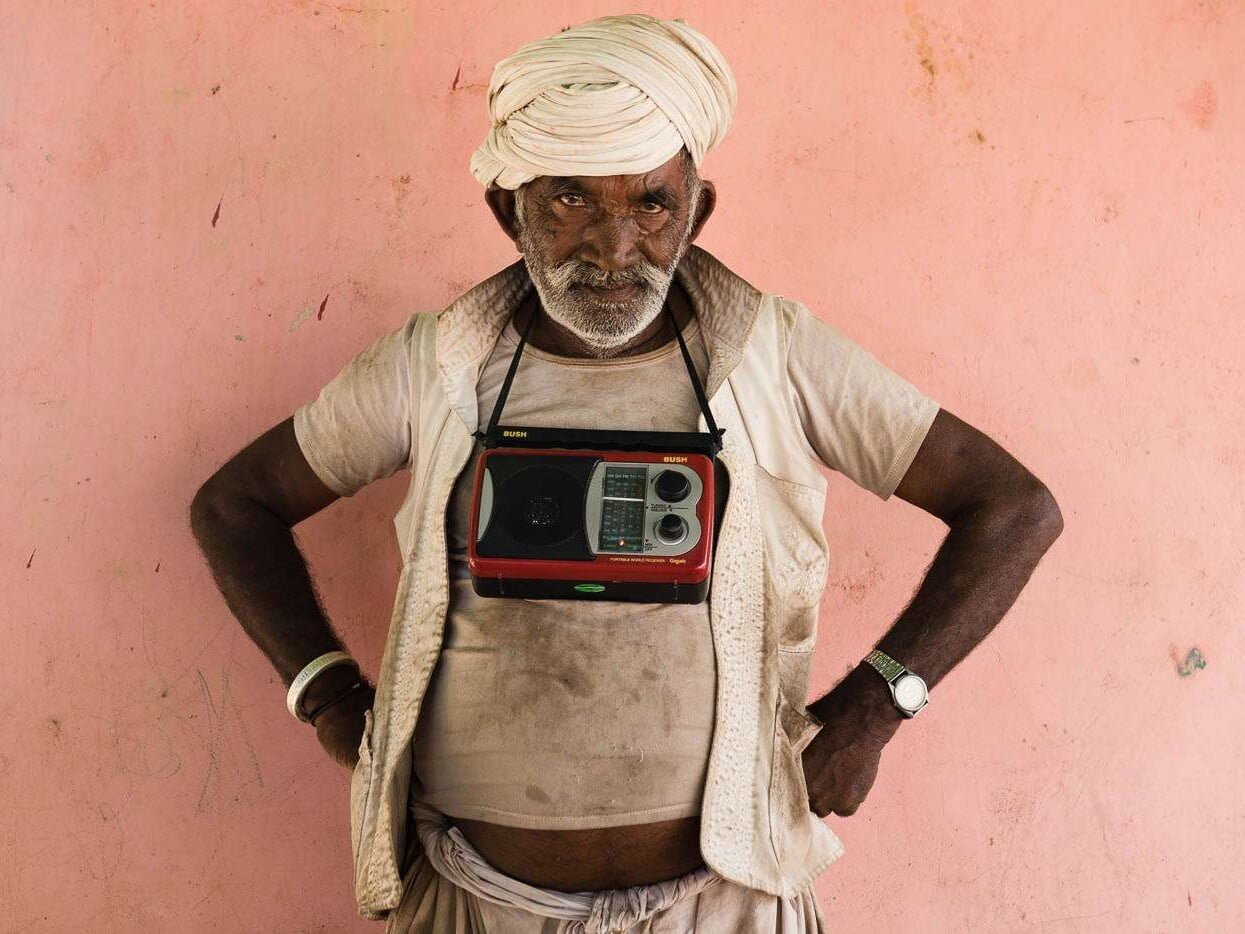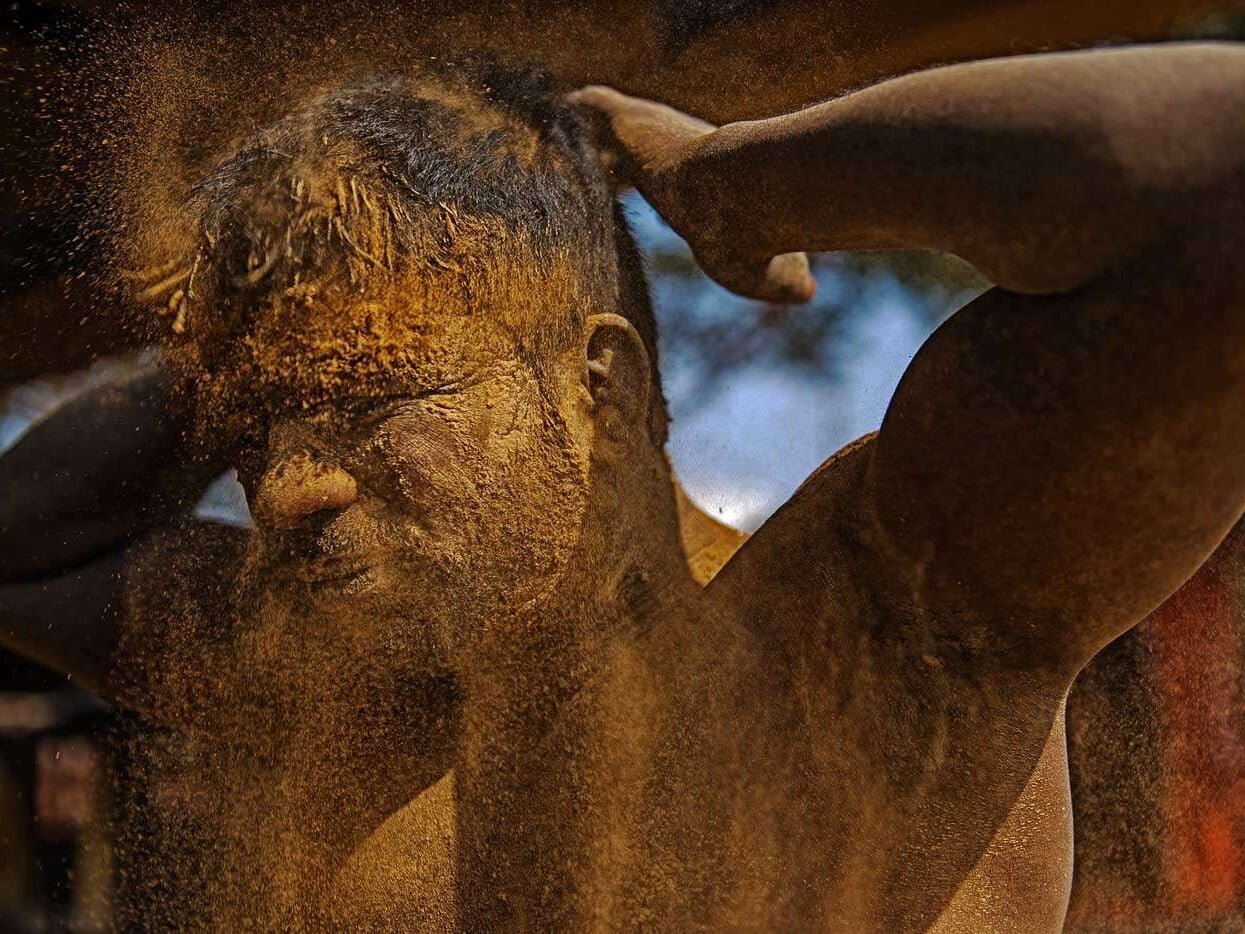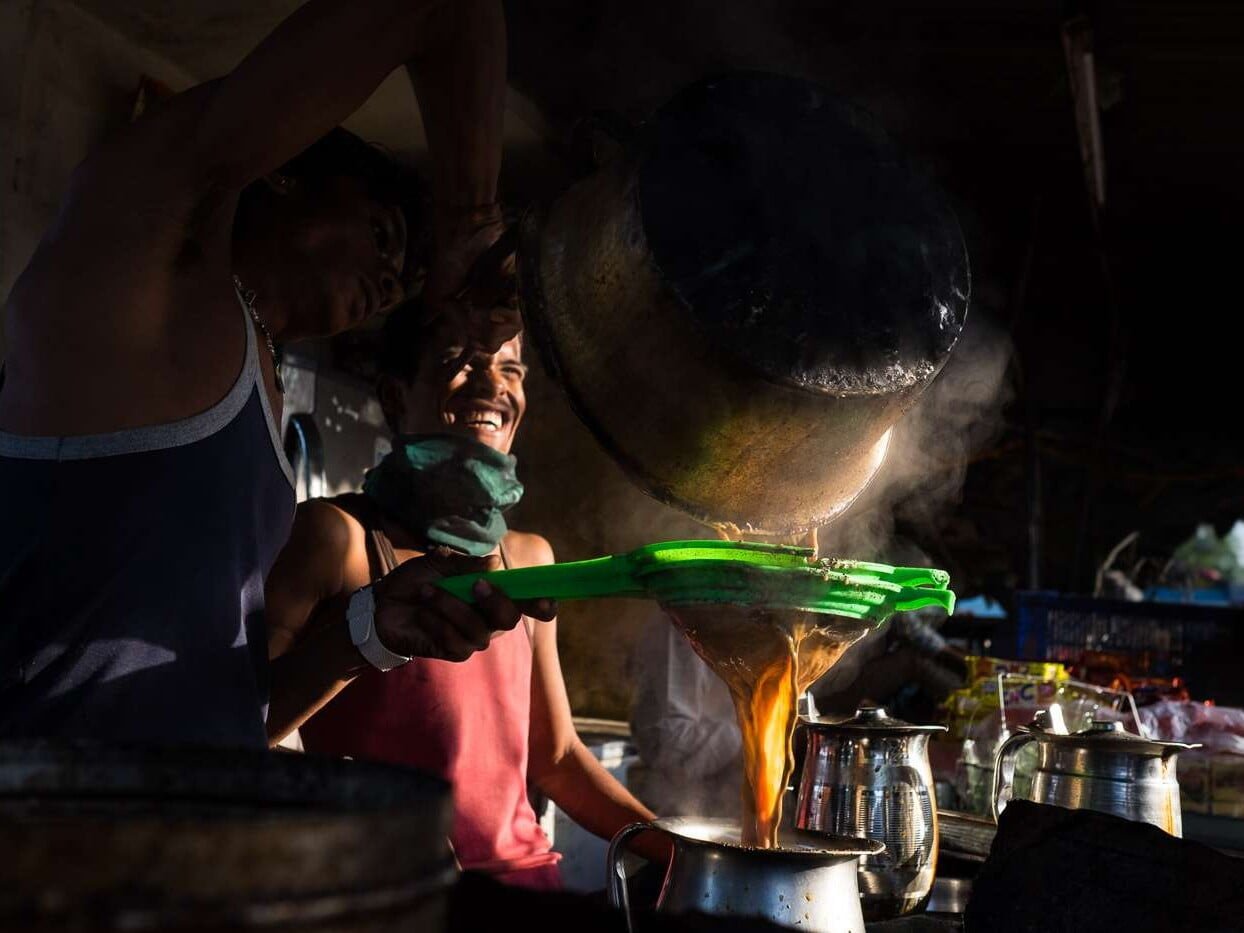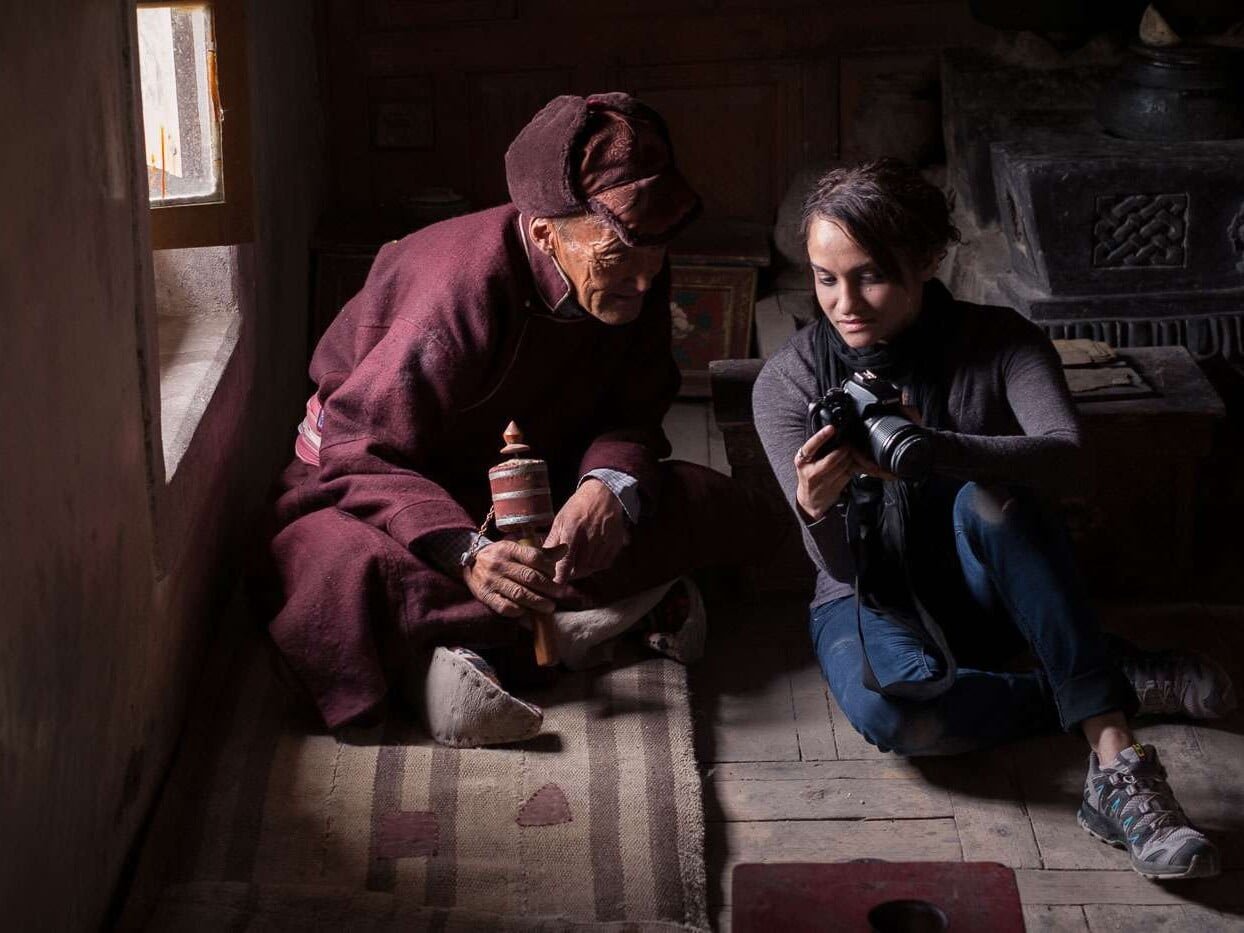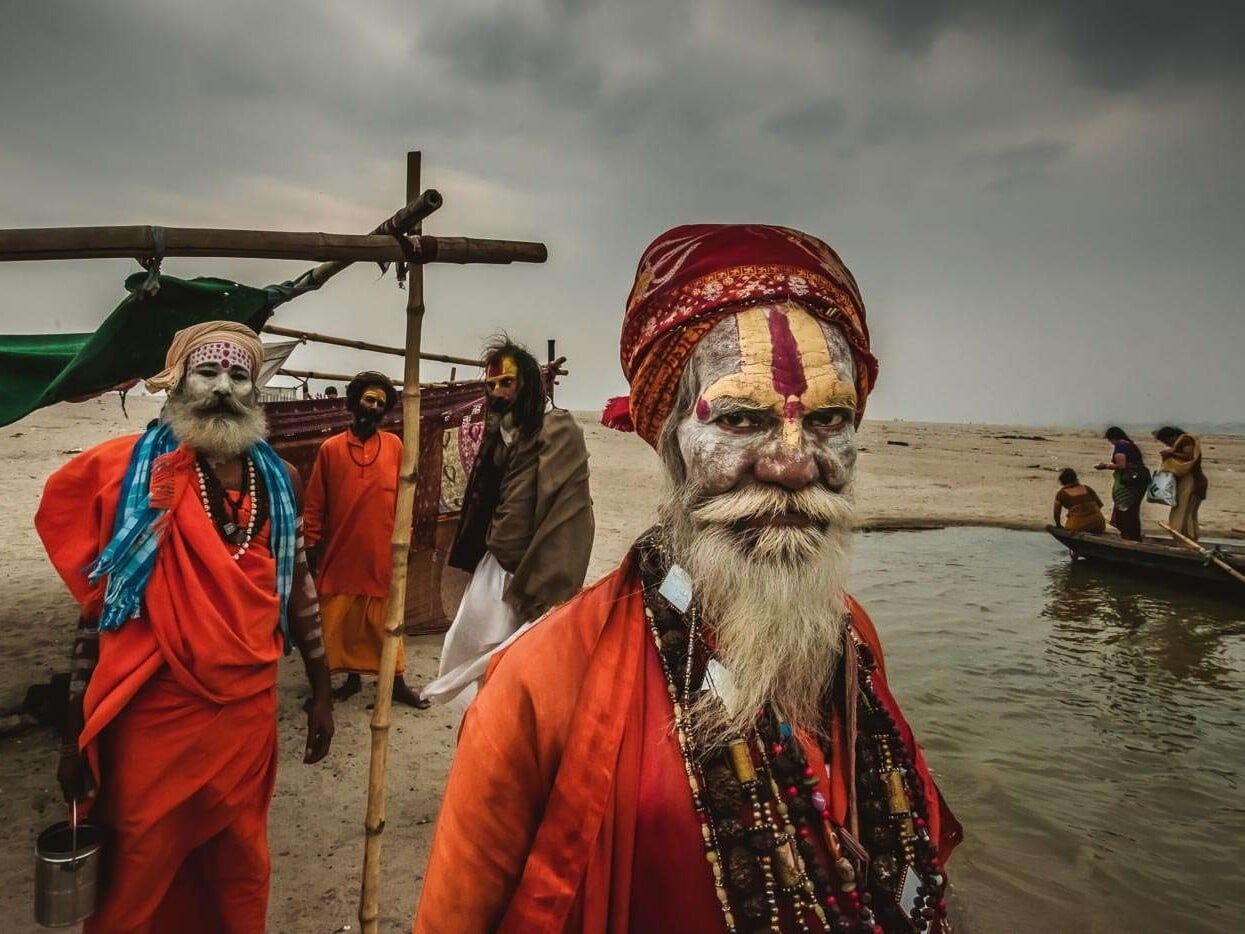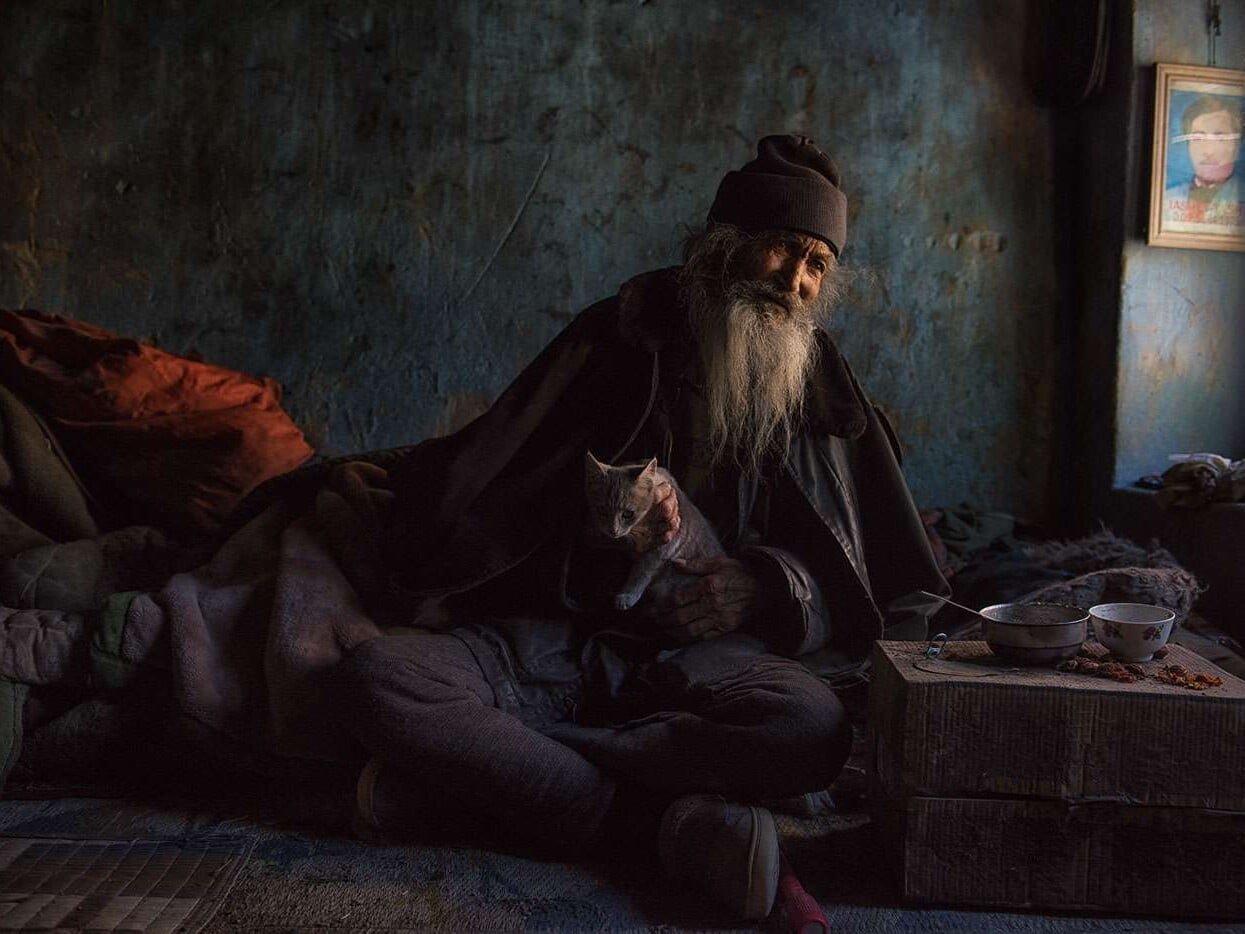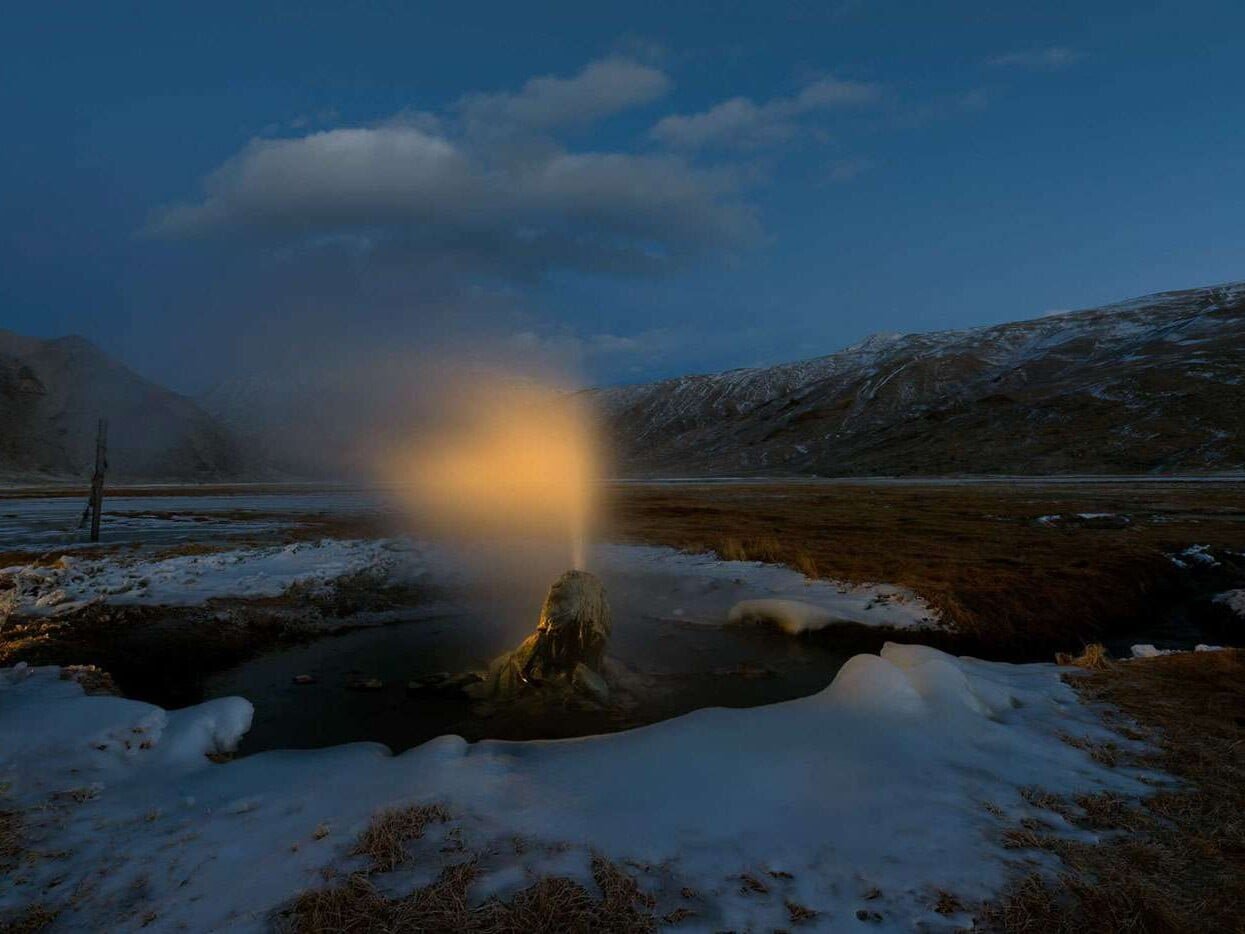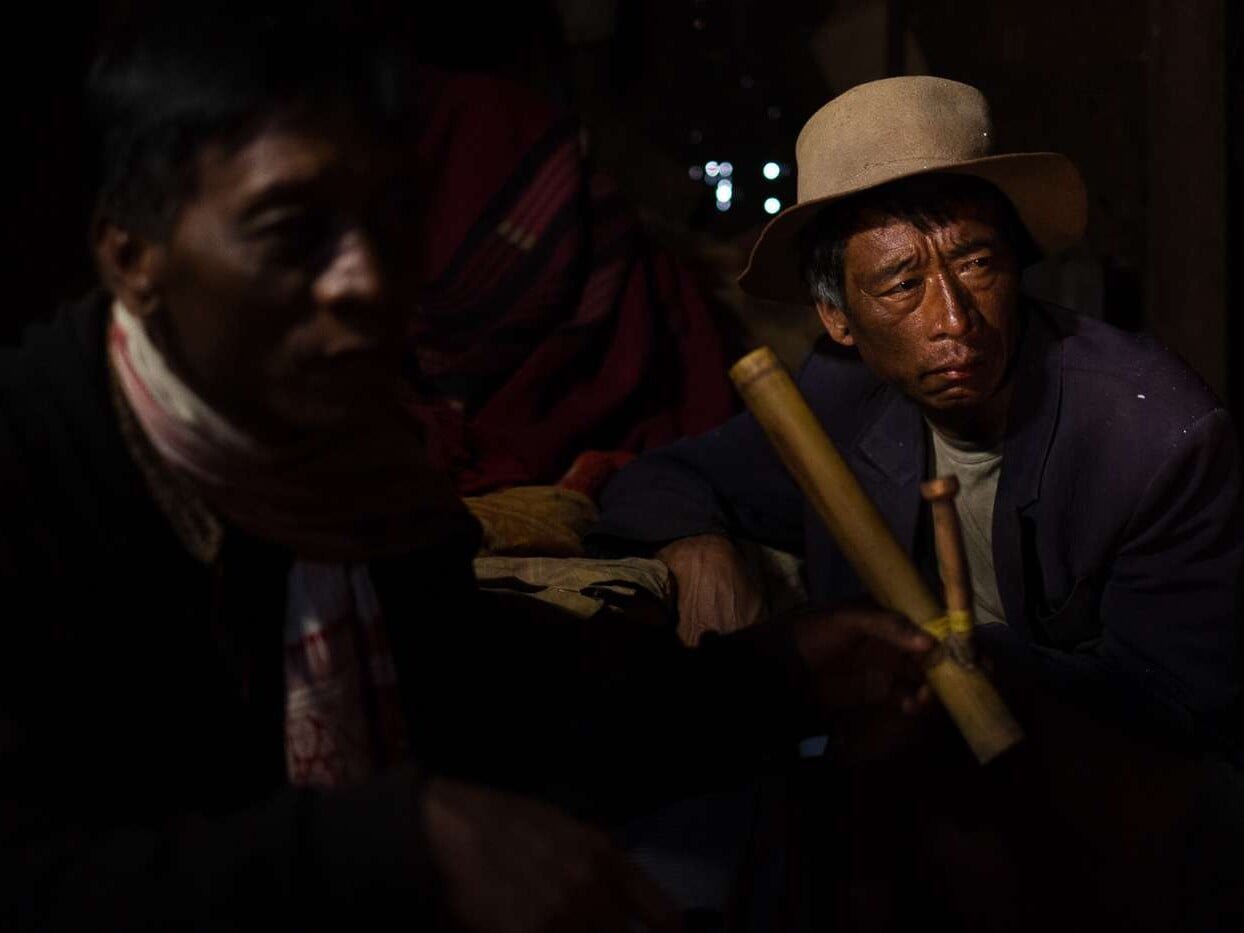Time with the Apatani tribeswomen
18 Feb 2019
We’ve been keen to visit the Apatani tribe of India’s Arunachal Pradesh state for quite a while. So when we found ourselves in the foothills of the eastern Himalaya mountains with a day spare on a research trip, we decided to pop up to their stronghold in the Ziro Valley.
Of course, a day isn’t long enough to do justice to any tribal group, let alone the Apatani. This tribe has called the Ziro Valley home for centuries and has carved out a special niche with its unique combination of agriculture and pisciculture, together with ingenious and enlightened land management techniques.
As with many mountain tribes in these parts (including in Myanmar just over the Patkai range), the facial tattooing of women used to be commonplace. Scholars theorise (and many tribespeople agree) that the origin of the practice springs from the perceived need to mark their women in some way to make them less attractive to visiting bands of mountain marauders. Others believe that the custom arose not a defensive tactic but as an enhancement to a woman’s beauty.
With the Apatani, the tradition brought both tattoos and nose-plugs. The nose-plugs (called Yaping Hullo by the Apatani) are wooden discs inserted into piercings in the fleshy part of the nose.
There was a time when every Apatani girl would, on reaching about the age of ten, be tattooed and fitted with these plugs. But about forty years ago, young Apatani student groups banned the practice on account of its disfigurement, functional irrelevance and the discriminatory baggage attached to it in a rapidly modernising India.
Hence our keenness to visit and photograph members of the small and slowly shrinking group of women sporting the distinctive Apatani tribal styling. We met and took tea with them in the stilted Apatani houses. Chatting through our interpreter, this serene, charming and smiling group of women projected a quiet pride in their appearance, a pleasure in their role in tribal tradition — and a calm acceptance of the fact that they represented the last generation of women to decorate themselves in this fashion. More in the photo captions above.
Shoot this with us:
More India backstories and galleries…
Dancing with the gods
We embed ourselves in an elusive Hindu monastery and uncover dancing monks who draw on millennia-old epics for their storytelling performances.
1st October 2019
Northeast India: With the water buffalo Photo Gallery
What's on our camera backs today? We're with water buffalo in northeast India, following semi-nomadic herdsmen as they drive their beasts across the terrain, fighting flying pests with fire.
12th April 2019
Bengal’s brick kiln kids
In West Bengal, India, a brickyard tour uncovers striking photographs as well as unexpected truths about human motivation and migration.
5th April 2019
Smoke on the water
Assam, India, is so rich with people opportunities that sometimes it's hard to just stop and admire the scenery. We're glad we did.
29th March 2019
Majuli waterscapes Photo Gallery
A collection of images and opportunities from the river island of Majuli, in Assam, India.
18th March 2019
Delhi’s Yamuna – a toxic beauty
A Delhi photo tour takes in the sad state of the holy Yamuna river, and reflects on the unexpectedly positive outlook of many of its riverside dependents.
1st March 2019
Pushkar Camel Fair and Rajasthan Photo Gallery
A collection of images and opportunities from Rajasthan, India, taking in the Pushkar Camel Fair.
23rd December 2018
Varanasi and Agra – Photo Gallery
A collection of images and opportunities from two iconic Indian destinations.
16th December 2018
Fishing with the Mishing
Gone shootin': We join Majuli's Mishing fishermen on a foggy morning and return home with a splendid catch.
1st October 2018
A dark and magical place
On a shrinking river island in the Brahmaputra, the dark beauty of the the Vaishnavite monasteries keeps alive a centuries-old tradition of worship.
30th September 2018
What’s cooking?
We drop in on one of our favourite Rajasthan villages to meet old friends over supper. Just happened to have our cameras handy…
28th September 2018
Shrouded in time
As the ghunghat or veil becomes increasingly criticised across modern India as a vestige of an oppressive past, we look at its bright side.
25th September 2018
Medicine man
An amble through a Rajasthan desert hamlet unexpectedly gets us up close and personal with a faith-healer.
23rd September 2018
Shapeshifters
The Bahurupi people are the proverbial quick-change folk artists. Ironically, change is catching up with them.
11th September 2018
Taches and turbans
A face-to-face photo-romp through Rajasthan, India, where beards, mustaches and turbans are taken mighty seriously.
8th September 2018
No country for old men
In Nagaland's deep jungle, we meet warriors who were at the top of their game — until the game changed.
5th September 2018
Ladakh in Winter Photo Gallery
A collection of images and opportunities from Ladakh in winter, amidst the Himalayan and Karakoram mountain ranges.
25th February 2018
Shooting Diwali in Rajasthan
As Pushkar Camel Fair becomes overloaded with photographers, timing is everything…
19th January 2018
Gujarat encounters: Where I go, my radio goes
In Gujarat, India, we run into a radio-crazy Ahir farmer with a shrewd grasp of world affairs.
19th May 2017
Angry birds: India’s bloody cockfighting business
Revered by many and reviled by others, cockfighting thrives in India.
5th May 2017
Paydirt: Shooting India’s Kushti wrestlers
There's photographic gold in India's dirt wrestling tradition – Kushti.
1st May 2017
Ladakh in Summer Photo Gallery
A collection of images and opportunities from Ladakh in summer, amidst the Himalayan and Karakoram mountain ranges.
22nd February 2017
India’s chai: The cup that cheers
India's roadside tea stalls are an eye-opening experience for photographers and tea-lovers.
7th January 2017
Ladakh: A study in contrasts
A photograph from our Ladakh photo tour prompts thoughts on contrast, photographic and otherwise.
26th November 2016
Five o’clock stubble
A little planning and a lot of luck gives us some shooting fun amidst burning stubble on an Assam tour…
28th May 2016
In God’s name: India’s Ramnami
Devotion, defiance and full-body tattoos… the vanishing way of life of this Hindu sect in India.
22nd May 2016
Varanasi: A matter of life and death
Varanasi's photography tour opportunities are extraordinary — and occasionally overwhelming…
15th April 2016
Visiting old friends in Ladakh
Shoot Director Sridhar reflects on shared moments with an old friend in Ladakh, India.
22nd March 2016
Sub-zero shooting adventures in Ladakh’s winter
It's cold but it's really hot: stunning opportunities on our new Ladakh Winter Photography Tour.
11th March 2016
Bleary-eyed sessions in a Nagaland dope den
We join in with the locals in a rum-and-opium party in Nagaland. High times in low light.
23rd February 2016
Village encounters in deep Rajasthan
On the road to Pushkar Camel Fair, we find a Rajasthan desert hamlet with pleasant photographic surprises on every corner…
13th February 2016

